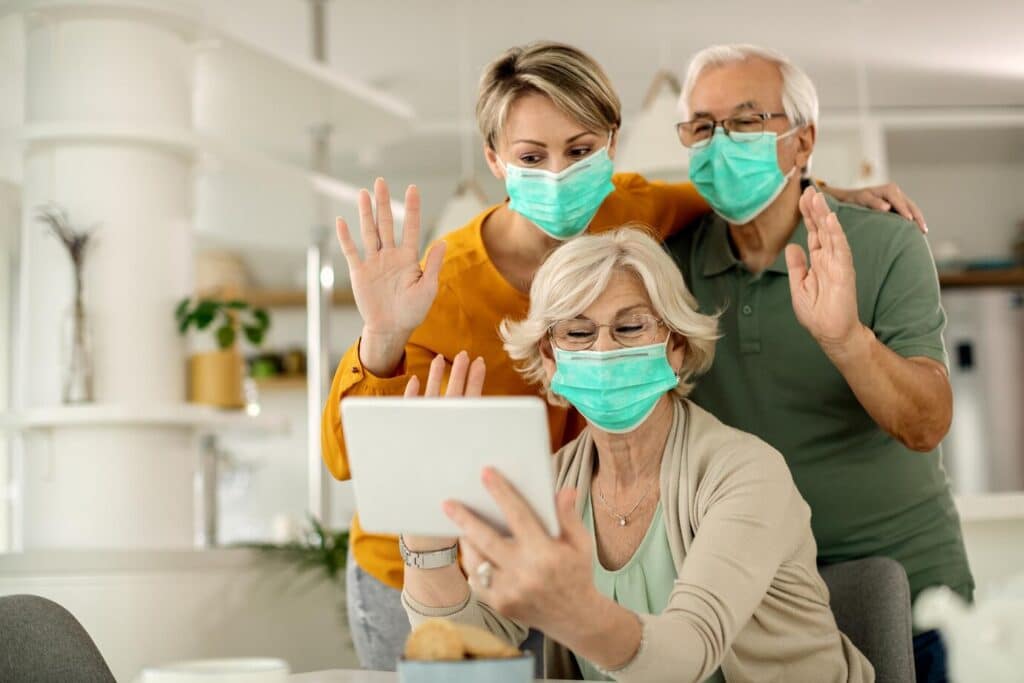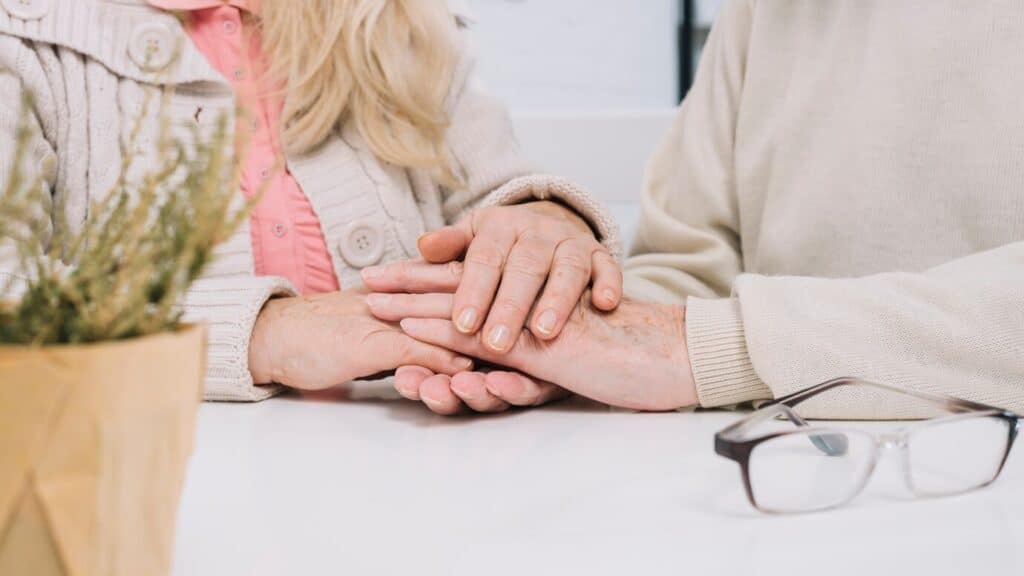Security in Independent Living: Ensuring Safety and Peace of Mind
Did you know that nearly 70% of seniors prefer to live independently, yet concerns about security in independent living often impact their decision? At Westmont of Encinitas, we prioritize creating a safe environment where residents can enjoy their independence without worry. Understanding the security features and community culture can help ensure a worry-free experience in your next home.
Key Safety Features in Independent Living
When selecting an independent living community, evaluating key independent living safety measures is crucial. Broad, well-lit corridors and non-slip flooring minimize fall risks, while regular safety inspections ensure fire safety compliance. Functional elevators and ramps enhance accessibility for mobility aids. Secure entryways offer protection from unauthorized access, and emergency response systems provide immediate assistance when needed. By prioritizing these features, residents can confidently enjoy their independence while ensuring their safety. Regularly assessing home environments for potential hazards is vital for preventing accidents.
The Role of Community Culture in Safety
A strong community culture enhances security by fostering social engagement and support networks. Engaging in activities builds connections that contribute to a sense of independent living safety, helping residents feel secure in their environment. How safe are independent living facilities? It largely depends on the relationships built within the community. When residents look out for one another, they create a safer, more supportive living space. Social connections strengthen emotional well-being and provide crucial support in times of need.
How Technology Enhances Safety in Independent Living
Advanced Security Systems
Modern independent living safety plans include advanced surveillance systems to monitor community spaces and deter potential threats. These systems offer real-time monitoring, allowing security personnel to respond to concerns promptly. Motion detectors and high-resolution cameras provide additional protection, ensuring residents feel secure in their homes.
Emergency Alert Systems
Emergency alert devices, such as wearable pendants and wristbands, provide instant access to assistance when needed. These devices connect residents directly to emergency responders, ensuring timely help in case of medical or security-related incidents. Such features bridge the gap between independence and security, allowing seniors to live confidently.
Digital Communication for Safety Awareness
Digital engagement platforms are key in informing residents about safety updates, emergency protocols, and security improvements. These tools encourage active participation, ensuring residents stay connected with staff and fellow community members while maintaining awareness of security measures.

Creating Effective Independent Living Safety Plans
Emergency Preparedness
An essential component of independent living safety plans is emergency preparedness. Communities should conduct regular safety drills and maintain clear evacuation routes. Residents must familiarize themselves with these procedures to ensure they can react swiftly in emergencies.
Secure Living Environments
How do communities ensure security in independent living? Implementing robust security protocols, such as controlled access entry points and 24/7 staffing, can significantly enhance safety. Open communication between residents and staff ensures that security concerns are promptly addressed.

Evaluating Safety Before Choosing a Community
What should you consider when assessing how safe are independent living facilities? Review security measures such as emergency response systems, surveillance, and access control. Additionally, evaluate the community’s culture—strong social ties contribute to a sense of security and well-being. Ask about staff training and how they handle emergencies to ensure you choose a community that prioritizes safety.
Resources for Families and Residents
Numerous resources can help those considering independent living navigate safety concerns. Safety assessments identify potential risks, while informational workshops guide best practices for secure living. Online platforms connect residents and families with expert advice on independent living safety and emergency preparedness. Local senior care agencies also offer valuable insights into safety enhancements for independent living communities.
Finding a secure and supportive independent living community is essential for peace of mind. By understanding security in independent living, evaluating key safety features, and leveraging technology, you can make an informed decision about your future home. Westmont of Encinitas is committed to ensuring a safe, welcoming environment where residents thrive. If you have questions about our safety measures, call us at 760-452-6037 to learn more.
Dive into the vibrant life our Westmont communities have to offer.Find Where You Belong
Frequently Asked Questions
Why is security important in a community?
Security is essential in a community because it ensures the safety and well-being of residents. A secure environment reduces crime, promotes trust among neighbors, and enhances the overall quality of life. It also provides peace of mind, allowing people to engage in daily activities without fear or concern for their safety.
What are examples of security in life?
Examples of life security include financial stability, access to healthcare, safe housing, and a supportive social network. Personal security involves physical safety, such as secure door locks, neighborhood watch programs, and emergency preparedness. Emotional security, like strong relationships and reliable support systems, also contributes to a stable and fulfilling life.
What is the meaning of independent living?
Independent living refers to a lifestyle where individuals, often seniors or people with disabilities, live independently with minimal or no assistance. It emphasizes self-sufficiency, personal choice, and maintaining an active lifestyle in a safe and supportive environment. Independent living communities often provide amenities and services that promote convenience while allowing residents to maintain control over their daily lives.
What to say to someone moving into assisted living?
When someone is moving into assisted living, offer encouragement and support. You can say, “This is a big transition, but you’re moving to a place where you’ll have support, comfort, and new opportunities to enjoy life.” Acknowledge their feelings and reassure them that they will still have independence while receiving the care they need. Tell them you’ll stay connected and be there for them during the transition.








